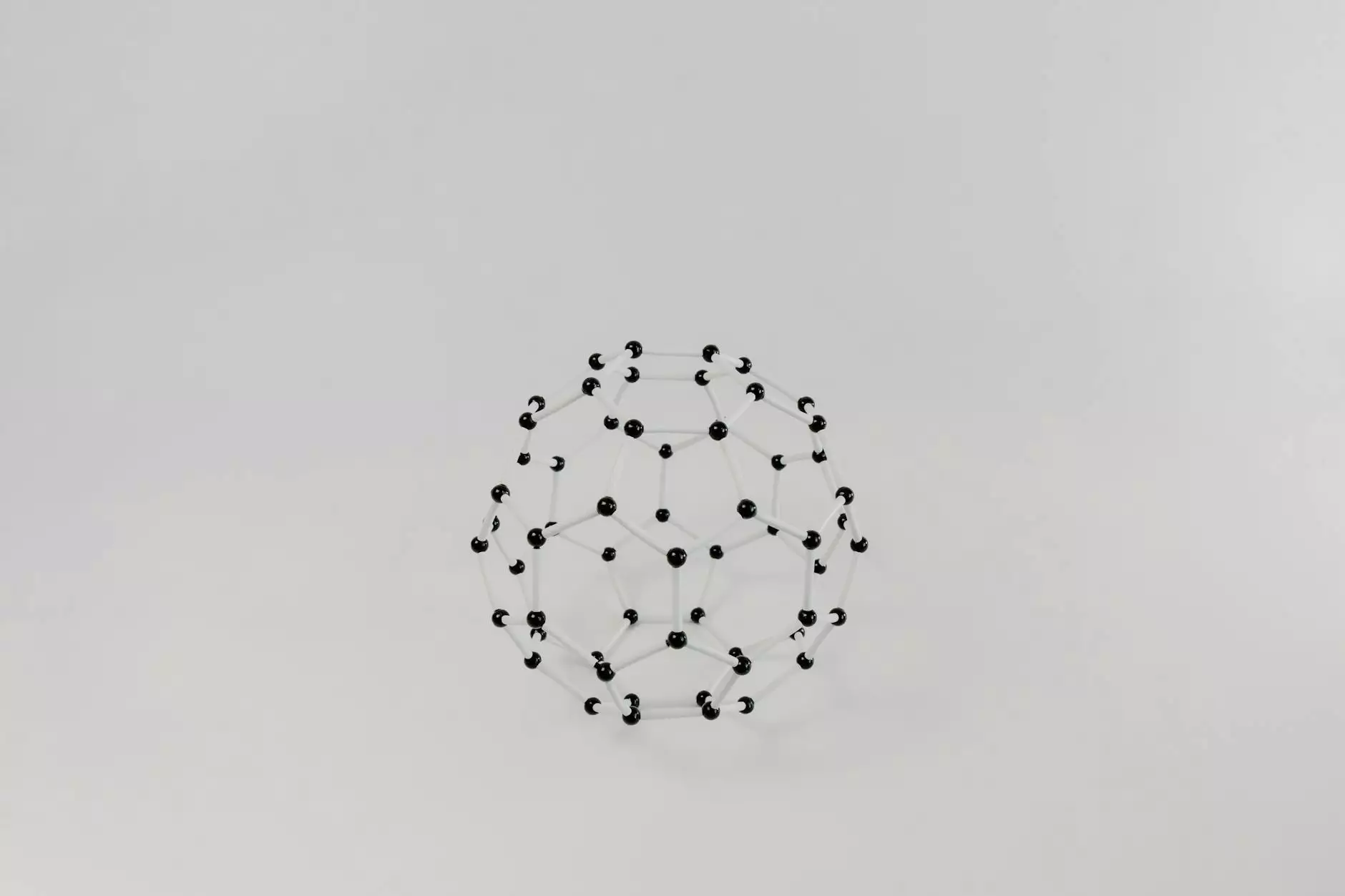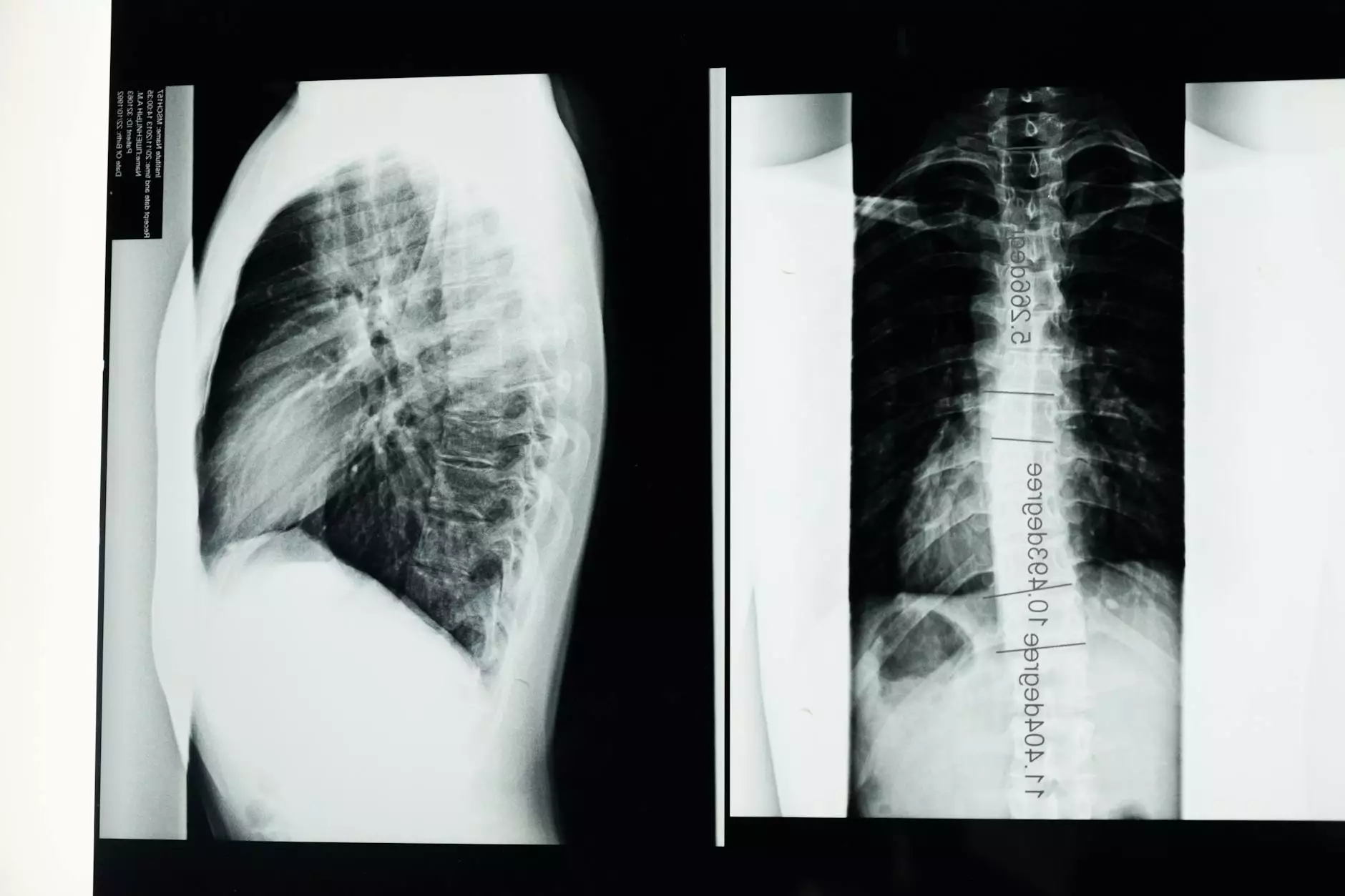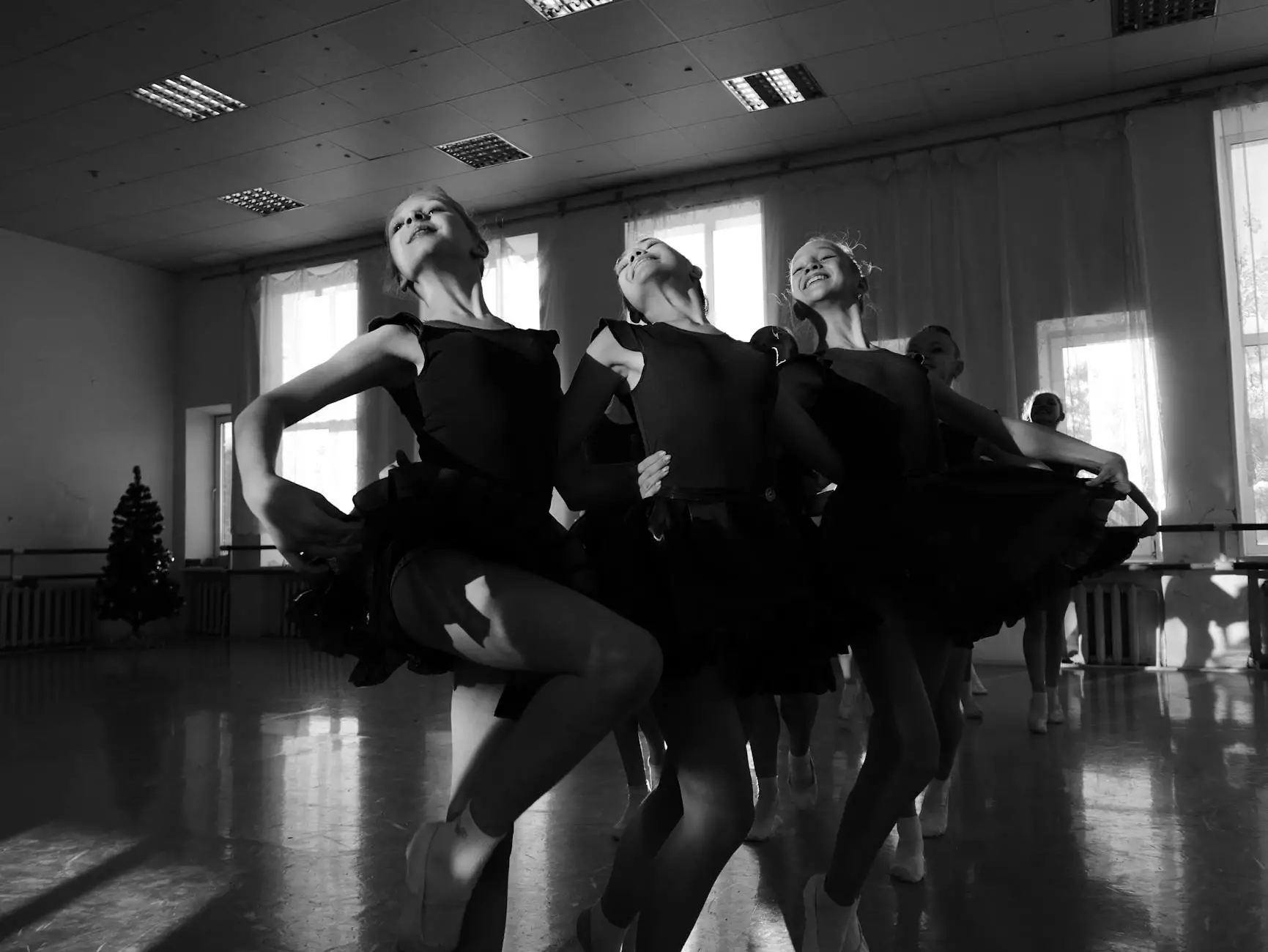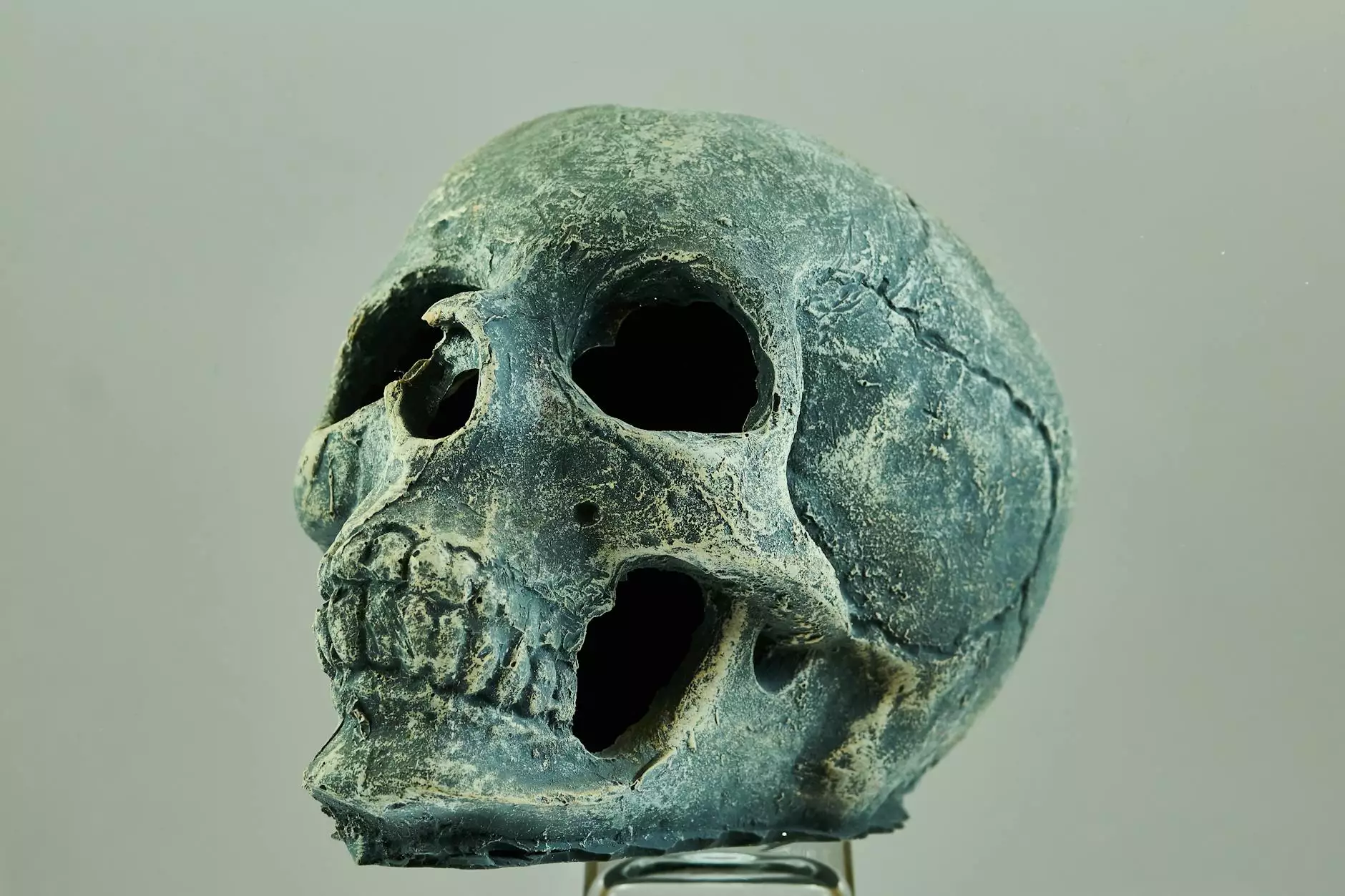The Intricacies of the Left Shoulder Anatomy
Services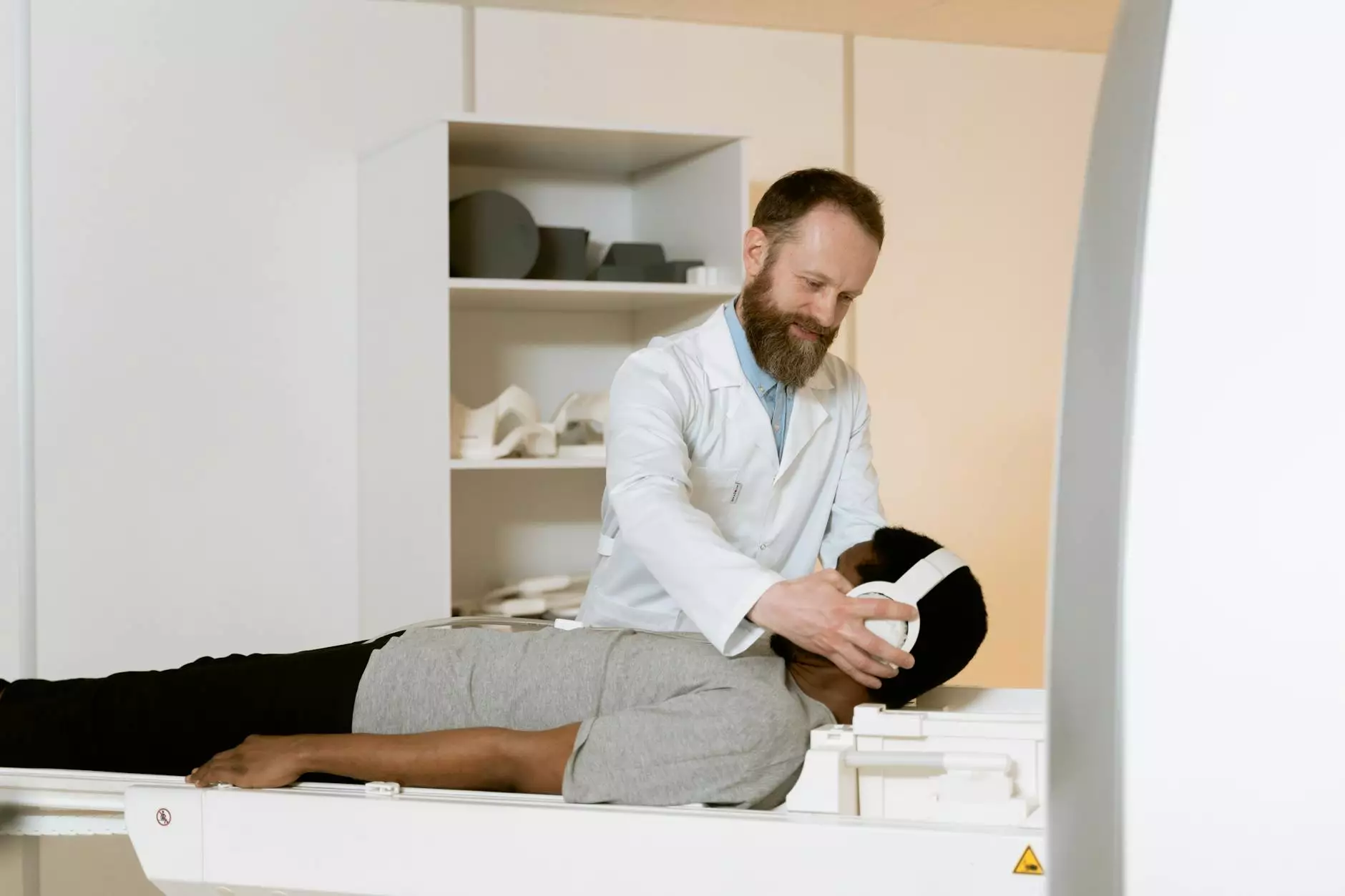
Welcome to Unilevel Studios' comprehensive guide to understanding the complex anatomy of the left shoulder. In this detailed analysis, we will delve into the structures and functions that make up this crucial joint, providing valuable insights for those seeking to enhance their knowledge of human anatomy.
The Shoulder Joint
The left shoulder is a remarkable joint that allows for a wide range of motion, facilitating various activities such as lifting, reaching, and throwing. It is composed of several key components, including the humerus, scapula, and clavicle. These bones work together with muscles, ligaments, and tendons to provide stability and mobility to the shoulder.
Muscles of the Left Shoulder
The left shoulder is supported by a network of muscles that play crucial roles in movement and stability. These muscles include the deltoid, rotator cuff muscles (supraspinatus, infraspinatus, teres minor, and subscapularis), and pectoralis major. Each muscle contributes to different actions, such as abduction, adduction, flexion, and rotation of the shoulder joint.
Structures of the Shoulder Girdle
In addition to muscles, the shoulder girdle comprises key structures like the acromion process, coracoid process, and glenoid cavity. These structures provide attachment points for muscles and ligaments, enabling the shoulder to function as a cohesive unit during various movements.
Anatomical Diagrams
For a visual understanding of the left shoulder anatomy, refer to the detailed diagrams provided below. These illustrations highlight the bones, muscles, and other structures that make up the shoulder, allowing for a clearer grasp of the intricate relationships within this pivotal joint.
Functions and Movements
Understanding the left shoulder's functions and movements is key to appreciating its importance in daily activities. From simple tasks like reaching for objects to more complex motions like throwing a ball, the shoulder's versatility is showcased through its ability to adapt to a wide range of movements and positions.
Common Shoulder Injuries
Despite its resilience, the left shoulder is susceptible to various injuries, including rotator cuff tears, shoulder impingement, and frozen shoulder. These conditions can result from overuse, trauma, or age-related changes, underscoring the importance of proper shoulder care and injury prevention strategies.
Conclusion
In conclusion, the anatomy of the left shoulder is a fascinating subject that highlights the intricate interplay of structures and functions within this complex joint. By gaining a deeper understanding of the shoulder's anatomy, individuals can better appreciate the incredible capabilities of this versatile joint and take steps to maintain its health and functionality.
